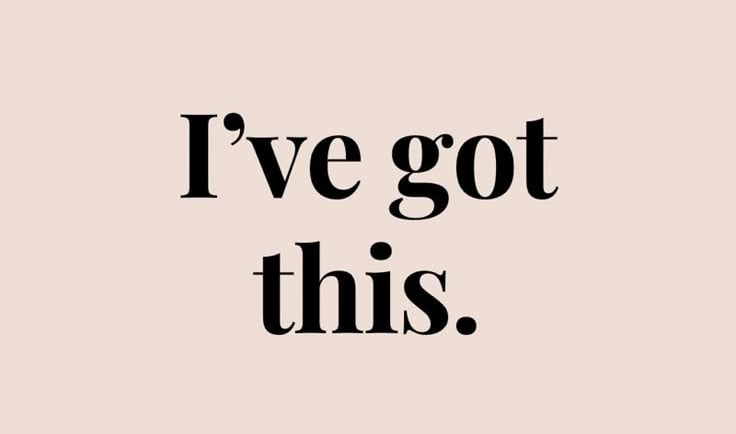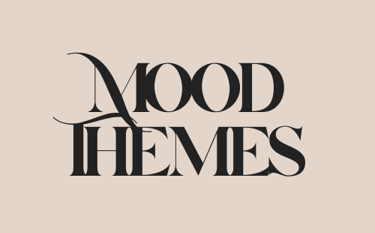Get 30% off with code MOOD30
How to Create Digital Products That Actually Sell
Pretty designs are nice, but purpose sells. Learn how to create digital products that people actually love — and keep coming back for.
Deimile Marcinkeviciute


How to Create Digital Products That Actually Sell
When I first discovered the world of digital products, I had no idea how much it would change the way I saw creativity and business. I remember scrolling through Pinterest one evening, seeing beautifully designed planners, templates, and journals, and wondering, could I really make something like that? I didn’t have any experience, just a lot of curiosity and a quiet voice that said, “Maybe you could try.” So I did. I started small, with Canva, creating little things — a few planners, some checklists, random ideas that felt useful to me. I didn’t have a strategy, I just had heart. And somehow, that was enough to start.
But it didn’t take long for me to realize that creating digital products is the easy part — selling them, that’s where things get tricky. I remember feeling so proud when I uploaded my first product. I thought, Okay, this is it. People are going to find it, love it, and buy it. But when nothing happened, I was confused. I started questioning everything — was my design not good enough? Was my price wrong? Did I use the wrong tags? And that’s when I began learning the biggest truth about digital products: it’s not just about what you make, it’s about how you make it and who you make it for.
If you want to create digital products that actually sell, you have to start by understanding your audience — and yourself. The best-selling products aren’t always the prettiest or the trendiest; they’re the ones that genuinely solve a problem, make life easier, or bring a bit of calm to someone’s day. Every planner, workbook, or journal that people truly love comes from that kind of thoughtfulness. You can tell when a product was made with care — it feels intentional.
In the beginning, I used to create what I liked. I’d design products that matched my own aesthetic, my own habits, my own routine. And that was fine, because it helped me find my voice. But once I started paying attention to what my customers were struggling with — what questions they asked, what feedback they gave, what kind of products they were looking for — my sales began to change. It wasn’t about guessing anymore; it was about listening. And listening is such a powerful skill in business.
The more I listened, the more I realized that people don’t just buy digital products — they buy a solution, a feeling, an experience. They buy because they want to feel more organized, more inspired, more in control. When you understand that, your approach shifts. You stop creating random products and start creating helpful ones. That’s when your work starts to connect.
I remember designing my first real success — a planner that wasn’t just pretty, but practical. It had space for goals, to-do lists, reflections, and habits. It felt simple, but people loved it. I realized it worked because it wasn’t about perfection; it was about usefulness. It was something they could see themselves using every day. That’s when I learned my golden rule: people don’t want more clutter — they want clarity.
So when you sit down to create your next digital product, ask yourself, “What problem does this solve?” It could be something small — helping someone manage their time better, track their fitness, organize their business, or feel calmer in their day. But that one small solution can mean a lot to someone. And the best part? When you create with that kind of purpose, you naturally attract the right people.
Another thing that changed everything for me was learning to embrace simplicity. In the digital world, it’s so easy to overcomplicate things — to feel like you need hundreds of pages, fancy graphics, or endless features. But most of the time, people don’t want complex; they want clear. Your digital products should feel like a breath of fresh air, not another overwhelming task. Clean designs, soft colors, clear structure — these little details can make a huge difference.
Of course, design still matters. Your product is digital, which means visuals are everything. People see your design before they experience its value, so make that first impression count. I’ve spent countless hours refining my Canva templates, not because I want them to look “perfect,” but because I want them to feel calm and inviting. I want someone to open my planner and instantly feel, Okay, I can do this. I can get organized. That feeling is worth more than any marketing trick.
And speaking of Canva — that tool changed everything for me. When I started, I didn’t have expensive software or professional training. Canva made it possible for me to create with freedom. It’s not about how complicated your tools are; it’s about how you use them. Canva is powerful because it’s accessible, intuitive, and flexible. You can design anything — planners, workbooks, templates, journals — and bring your vision to life even if you’ve never studied design. What matters most is how you use it to express your message.
Another big lesson I’ve learned is that you can’t create products just once and expect them to sell forever. You have to keep improving. Every few months, I go through my shop, look at what’s selling, what’s not, and ask myself why. Sometimes I’ll update a product with a new design, better descriptions, or more pages. Sometimes I’ll completely redo it. Growth means being willing to evolve. The online world changes fast, but you don’t have to chase every trend — you just have to keep your products fresh, thoughtful, and aligned with your audience’s needs.
One mistake I see many new creators make is thinking that one viral moment will change everything. It might — for a week or two. But long-term success comes from consistency. From showing up, creating regularly, building trust with your audience. That’s what makes people come back. That’s what makes your shop sustainable.
It also helps to remember that your shop isn’t just a collection of products — it’s an experience. The way you write your descriptions, the way you photograph your designs, the tone you use in your brand — all of it matters. I always try to make my product pages feel friendly and personal, like I’m talking directly to the person reading. I tell them what the planner can do for them, how it can help, and why I created it. Because people don’t just buy products; they buy connection. They buy from people they trust.
Pricing is another area where creators often get stuck. I used to underprice everything because I was afraid people wouldn’t buy if it seemed too expensive. But here’s the truth: people don’t always want the cheapest product — they want the right one. When you price your work fairly, you’re telling people it has value. You’re showing that you respect your time and your effort. And often, people respect you more for it.
Selling digital products isn’t about chasing quick wins. It’s about creating something real — something that helps, inspires, and lasts. The magic happens when you stop trying to make what’s popular and start making what’s meaningful. The best products aren’t copied; they’re felt. They have a bit of you in them — your heart, your experience, your story. That’s what makes them different.
I still remember the first message I got from a customer saying one of my planners helped them finally organize their routine. It wasn’t a huge thing, but it meant everything to me. It reminded me why I started — not just to sell, but to help. That’s what keeps me creating. Every time someone writes, every time someone returns to buy again, it’s proof that your work matters. Even if the world feels crowded, there’s always space for something made with honesty.
And maybe that’s the best advice I can give anyone starting out: create from your heart, not from pressure. Don’t overthink what sells best this week — think about what feels right for you. Because when you create with intention, people can feel it. When your designs come from love and care, they attract the right audience naturally. You don’t need to shout for attention; you just need to show up as yourself.🤎
moodthemess@gmail.com
Deimile Marcinkeviciute

